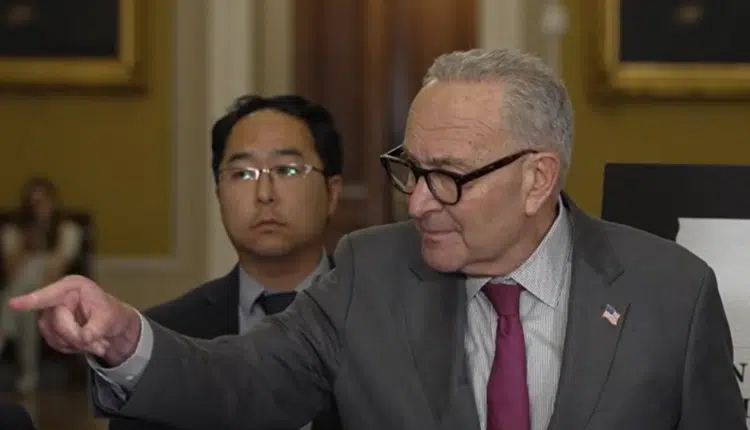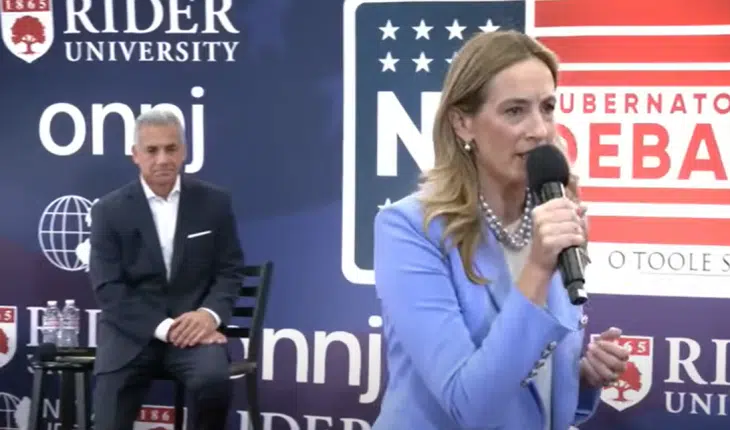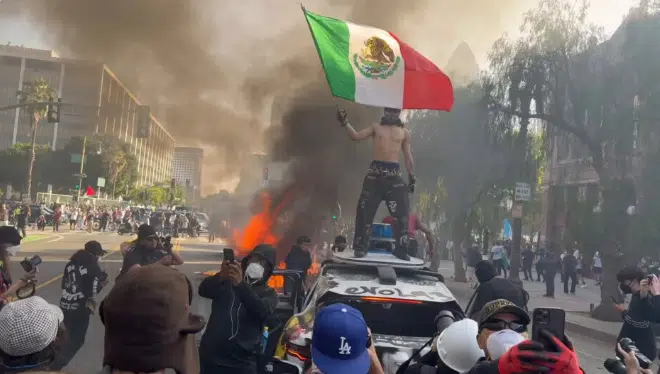By Rick Manning – President Obama visited both Rio de Janeiro and Brasilia, Brazil this weekend including their capital city of Brasilia, to meet with that nation’s leaders.
While many in the United States have commented on the bitter irony of Obama urging the development of Brazil’s offshore oil reserves right off the legendary beaches of Rio de Janeiro while killing efforts to develop our oil reserves domestically, I was struck by something completely different.
Obama met with Brazil’s President in a city that stands as a shining example of big government good intentions gone awry — Brasilia.
In 1956, Brasilia did not exist. Brazil’s population, trade and business was almost exclusively conducted along the coastline in places like Rio and Sao Paolo.
But that was before Brazilian social engineers acted upon the dream of Brasilia, an inland national capitol city built in the wilderness designed to bring together and empower people from throughout the nation.
So, Brasilia was planned in 1956 and in 1960 it became Brazil’s capitol city. In the next 50 years, Brasilia’s population has ballooned to almost 2.5 million people.
Brasilia was the socialist ideal, a city pre-built prior to populations moving in, where all classes of people lived in the same government owned apartments.
The goal was to develop land that was unused to benefit all of the people, and bring in people from all regions of the country to work in the government that was moved hundreds of miles inland from bustling Rio de Janeiro to this shining new metropolis.
Like many best laid plans of central planners, the consequences of this city that was created by government rather than market forces have been beyond their control.
To make the dream of Brasilia come true, it had to be connected with cities across the nation. Major roads were constructed including the Brasilia-Belem Road, which paved 1200 miles across the formerly pristine Amazon rain forest.
At the time, the social engineers viewed the accomplishment of the Brasilia-Belem Road as being fundamental to connecting the Brazilian government with many of its indigenous peoples who neither knew nor cared that there was a central government in Brasilia.
In Tripwolf’s environmental history of the Amazon, the impact is described as follows:
“But the Amazon forest survived relatively untouched until the building of Brasília. This began to change in 1954 under President Juscelino Kubitschek, who believed in Brazil’s destiny as a great country, and whose slogan was ‘fifty years in five’. Kubitschek built a new capital in the middle of what was then nowhere, which he called, Brasilia, and he linked it to Belém with the first Amazon road. This marked the beginnings of expansion into the vast Brazilian interior.”
Later on the same article continues to describe the reduction of the Amazon rainforest as follows:
“The ‘opening of the Amazon’ was a disaster for Brazil’s indigenous tribes, as well as the forest and the economic prosperity of the country as a whole. Neither the new settlers in Roraima and Rondônia, nor the government had been aware that the Amazon soils they had planned to farm were so nutrient-poor that they would sustain crops or cattle for only a year or two at most, before turning to desert. Farmers and ranchers ate into the forest near the new roads at a terrifying rate.”
Not surprisingly, Tripwire fails to mention that Brasilia was a socialist utopia of central government planning, from the buildings to the location to the connecting roadways, market forces had nothing to do with the initial development of Brasilia.
The “smarter than everyone else” social planners did not anticipate one basic fact. They would be successful in opening up the interior of Brazil to development, and as the markets were created and the ability to access the great natural resources of the Amazon River rainforests became profitable, the rainforests themselves would be impacted.
When I saw Obama, the latest ‘master of the universe’ who believes that government should run the financial services and health care industries as well as conduct aggressive industrial policy standing in the socialist ideal city of the 50’s and 60’s, I was overwhelmed by the irony.
Here in America, Obama is effectively shuttering our industrial economy as an environmental initiative, never realizing that the very same central planning models that he is attempting to employ were responsible for the decision to develop the Amazon rainforest creating what many environmentalists believe is the greatest threat to planet earth since Al Gore grazed in La Colline in D.C.
Of course to a social planner like Obama, the irony of Brasilia is lost. But for someone who was in grade school in California in the 1960’s, the socialist ideal of Brasilia that was taught so fervently serves as a constant reminder that nothing is more dangerous than a central planner who thinks he/she knows more than the market forces that actually drive economies.
Rick Manning is the Director of Communications for Americans for Limited Government.






